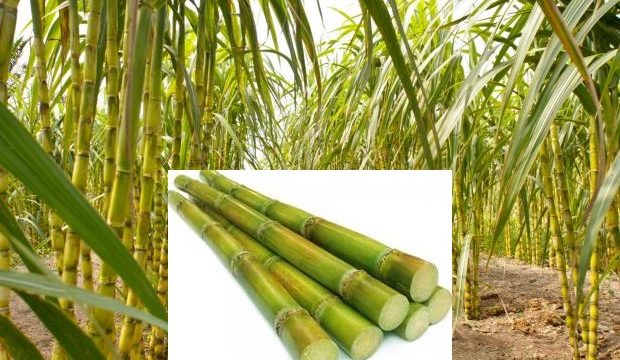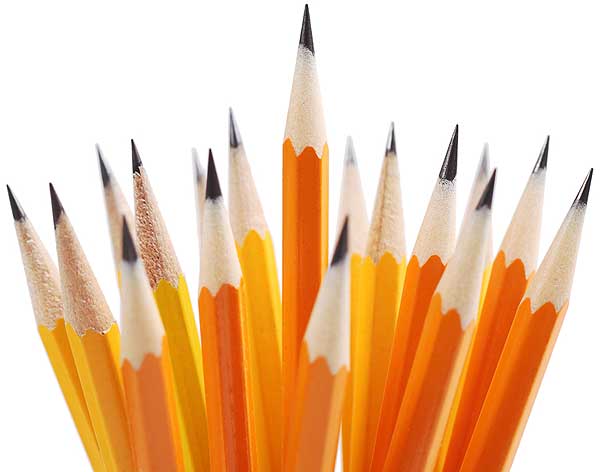Types and Usage
The Sugarcane family is made up of over 30 sugarcane varieties. Sugar cane is a perennial grass that thrives in hot, humid locations like Brazil and India. The sugar derived from sugar cane is used in syrups, juices, and molasses, but the rest of the plant can also be used in the production of environmentally friendly paper products. Though it is difficult to sift through all the varieties and hybrids of sugar cane, sugar cane can be generally divided into three categories based on their functions and properties.
Bagasse is the residual fibre resulting from the extraction of sugarcane juice. There are two main types of bagasse.
1. Factory bagasse comes from industrial processes involving repeated extraction steps. The bagasse is the fibrous by-product of sugarcane stalks milled for juice extraction. The fibre is passed through sieves to remove fine particles which may be used as a filter aid later in the process, or as a feedstuff (“pith bagasse”). Much of the bagasse provides the energy required for the operation of the factory.
2. Pressed cane stalks, or “farm bagasse” is obtained from on-farm or small factory cane fractionation that uses only 2 or 3 crushers. Due to the reduced efficiency of the extraction process (50% vs. 70% extraction rate), it contains higher amounts of sugar-rich juice and is more valuable for ruminants.
As with other fibrous materials, dry bagasse is often used as litter for pigs and poultry. The bagasse is then recycled into organic fertilizer. Sometimes, when local regulations authorise it, poultry litter may be incorporated in ruminant diets as a feedstuff rich in non-protein nitrogen.
Distribution:
Bagasse is usually available at the site of sugarcane production in the tropics and subtropics. However, the availability of bagasse to feed animals depends on how much is used as fuel.
Environmental impact:
The NaOH treatment method of bagasse is relatively costly and may cause pollution due to the large quantities of sodium hydroxide required.
In the context of sustainable agriculture, discussions are underway on the strategies for better use of bagasse through livestock farming: feed, manure and fuel.











